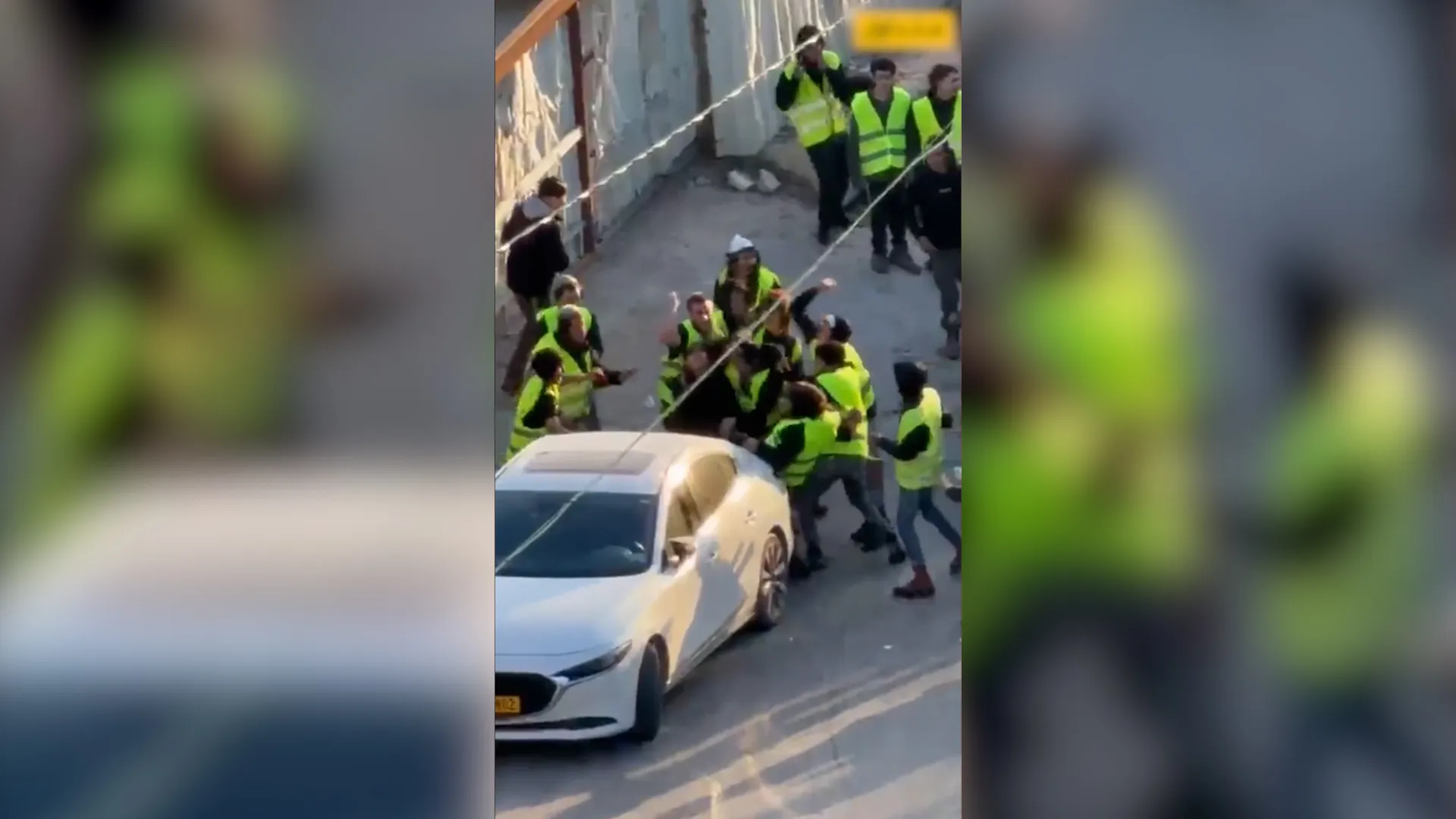A church in a thriving UK city is the oldest surviving building that is still regularly used today, and it’s even part of a UNESCO World Heritage Site alongside a nearby cathedral
England is home to some of the most architecturally fascinating buildings, from domed cathedrals and spire skyscrapers to grand castles and stately Georgian manors. But there’s one that is the oldest surviving structure in the country, and it’s certainly worth a visit.
In the heart of Canterbury lies the ancient Church of St Martin, built on Roman foundations, featuring Saxon elements in its windows and structure, as well as Norman and Medieval additions following its alterations. It’s the oldest church building in Britain that is still in use today, having been constructed before 597 AD. According to Heritage Calling, it is the oldest surviving building full stop in England.
The oldest part of the church was built during the Roman occupation of Britain, but it’s unknown what the first part of the structure was originally built for, or whether it was used as a church or a mausoleum. It was later expanded to almost its current grand size, with the largest part of the building, the nave, becoming the first Anglo-Saxon structure made of mortared brick and stone, rather than wood.
The Church of England parish church is also a part of the World Heritage Site, alongside Canterbury Cathedral and St Augustine’s Abbey, making it a standout attraction in the city. Since 1668, the historic building has been part of the benefice of St Martin and St Paul, Canterbury, with both churches used for weekly services.
Visitors far and wide have marvelled at the exposed wooden beams inside St Martin’s, along with the intricate stained glass windows, lengthy nave and wooden pews, that feel as though you’re stepping back in time. One admirer noted on TripAdvisor: “I visited early as the church opened, and I had a peaceful, excellent visit.
“Upon entry, I was greeted by a friendly employee who offered me a written guide of the church. The guide was easy to follow and had great, interesting information. The cemetery on the property was great for wandering and reading the graves as well!”
With the church steeped in history, the knowledgeable guides can help to make the visit so special, along with its undeniable beauty and charm. Another visitor shared: “Given to the 6th-century Frankish princes, this beautiful building has a wonderful history.
“Guides were present from 11 am and greatly helped appreciate the story behind the building and its lovely and slightly overgrown churchyard. Interesting people are buried there, too. Can look from this elevated spot down to its daughter Church – the Cathedral itself!”
Those buried in the grounds of St Martin’s include 19th-century evangelist William Cadman, artist Thomas Sidney Cooper, and the creator of Rupert Bear, the comic book character, Mary Tourtel. Others noted that visitors can also explore the grounds independently, allowing you to take your time.
Another fan commented on TripAdvisor: “The oldest church in mainland Britain, tucked quietly away, about 10 mins from the cathedral. Quiet and serene, maintaining the sense of a truly sacred space. There is a helper who will provide information or guide you, or you can explore independently. Not far from the Abbey, and worth the extra time.”
Do you have a travel story to share? Email webtravel@reachplc.com






